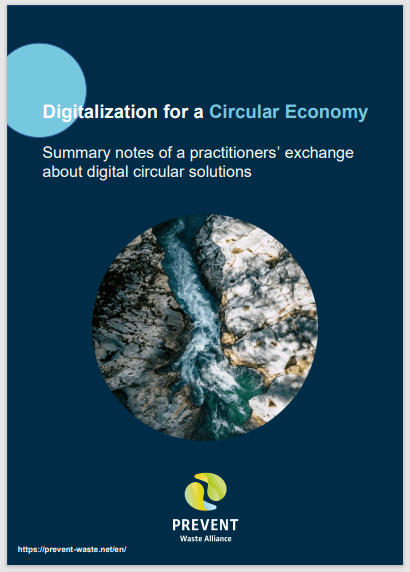
PREVENT
Digitalisation for a Circular Economy – Summary notes & mapping of digital tools
With more than 450 members from different sectors and from all over the world, the PREVENT Waste Alliance can play a key role in fostering exchange between stakeholders in the digital circular economy and in enabling data collaboration. In November 2021 PREVENT started to discuss how digital tools can support a circular economy, especially in low- and middle-income countries.
To get a better understanding of the roles of and interconnections between different digital actors within the PREVENT Waste Alliance, a mapping of digital solutions for circular economy was created. The mapping suggests that most PREVENT members cluster at the collection-recycling interface where products reach their end-of-life and enter the waste management system.
It also shows that interoperability between the different solutions/platforms is necessary to increase impact in an international and fragmented market. Enabling the exchange of information between the different systems can ensure that duplication of efforts is avoided and that internationally developed solutions do not push local operators out of the market.